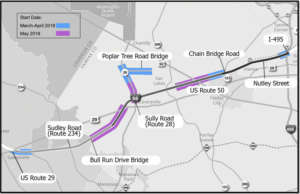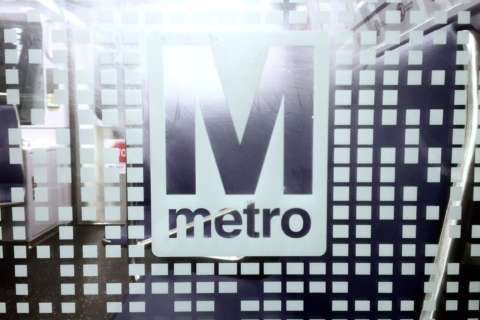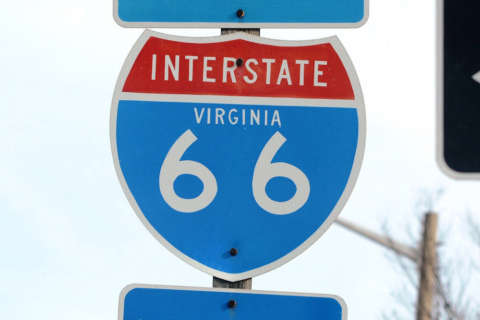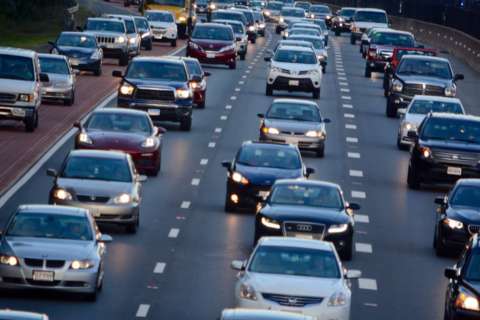WASHINGTON — Virginia issued the first “notice to proceed” Tuesday for construction work on Interstate 66 HOV or toll lanes outside the Capital Beltway.
The state also released the basics of an agreement with Metro that would require a large number of weekend Orange Line shutdowns during years of roadway construction work.
The idea to shut down WMATA’s Orange Line around Dunn Loring for two months was considered, but eventually rejected by the Virginia Department of Transportation, the private companies building and operating the toll lanes and Metro.
VDOT Megaprojects Director Susan Shaw said a series of “intermittent weekend shutdowns,” would be better for the construction schedule and commuters.
“We need, really, the Orange Line to be fully functioning in the corridor during the peak periods, especially when the corridor is going to be impacted by the construction work that we’re doing,” she said.
Construction is scheduled to begin in late March and early April, with additional significant traffic shifts in May. That work will include long-term lane shifts and concrete barriers narrowing some lanes on I-66 between the Beltway and Gainesville and along nearby segments of Route 28.
Commuters will notice the impact of the construction in the area between Route 123 and Route 50 this spring, as segments of the rush hour-only “red X” lane will no longer be opened.

Why Metro shutdowns are needed
Most of the Orange Line shutdowns are required for the safety of trains and riders as construction on ramps and bridges takes place above the tracks.
Shaw said VDOT will continue working with WMATA and both Prince William and Fairfax counties over the next four years to ensure the road project continues smoothly.
But there is more than just road work: design revisions suggested by neighbors resulted in a plan to move a Metro power substation near the Dunn Loring station
The I-66 team will pay for that move, and now has reached a tentative technical agreement for the location of the replacement substation after lengthy discussions.
The design teams and Metro may put the new power station at the west end of the Dunn Loring-Merrifield Metro station parking lot. The new location will require an adjustment to the entrance of the station.
A final agreement on the location and construction plans for that phase of the project still needs to be worked out.







